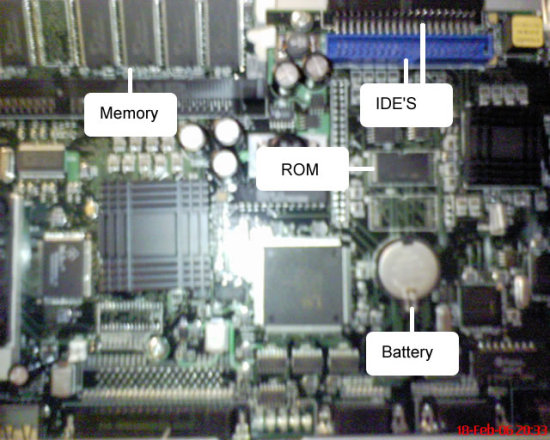Learning Resources
ROM
Read-only memory (ROM) is a class of storage medium used in computers and other electronic devices. Data stored in ROM cannot be modified, or can be modified only slowly or with difficulty, so it is mainly used to distribute firmware (software that is very closely tied to specific hardware, and unlikely to need frequent updates).
In its strictest sense, ROM refers only to mask ROM (the oldest type of solid state ROM), which is fabricated with the desired data permanently stored in it, and thus can never be modified. Despite the simplicity, speed and economies of scale of mask ROM, field-programmability often make reprogrammable memories more flexible and inexpensive. As of 2007, actual ROM circuitry is therefore mainly used for applications such as microcode, and similar structures, on various kinds of processors.
Other types of non-volatile memory such as erasable programmable read only memory (EPROM) and electrically erasable programmable read-only memory (EEPROM or Flash ROM) are sometimes referred to, in an abbreviated way, as "read-only memory" (ROM); although these types of memory can be erased and re-programmed multiple times, writing to this memory takes longer and may require different procedures than reading the memory. When used in this less precise way, "ROM" indicates a non-volatile memory which serves functions typically provided by mask ROM, such as storage of program code and nonvolatile data.
As shown inn the image -


